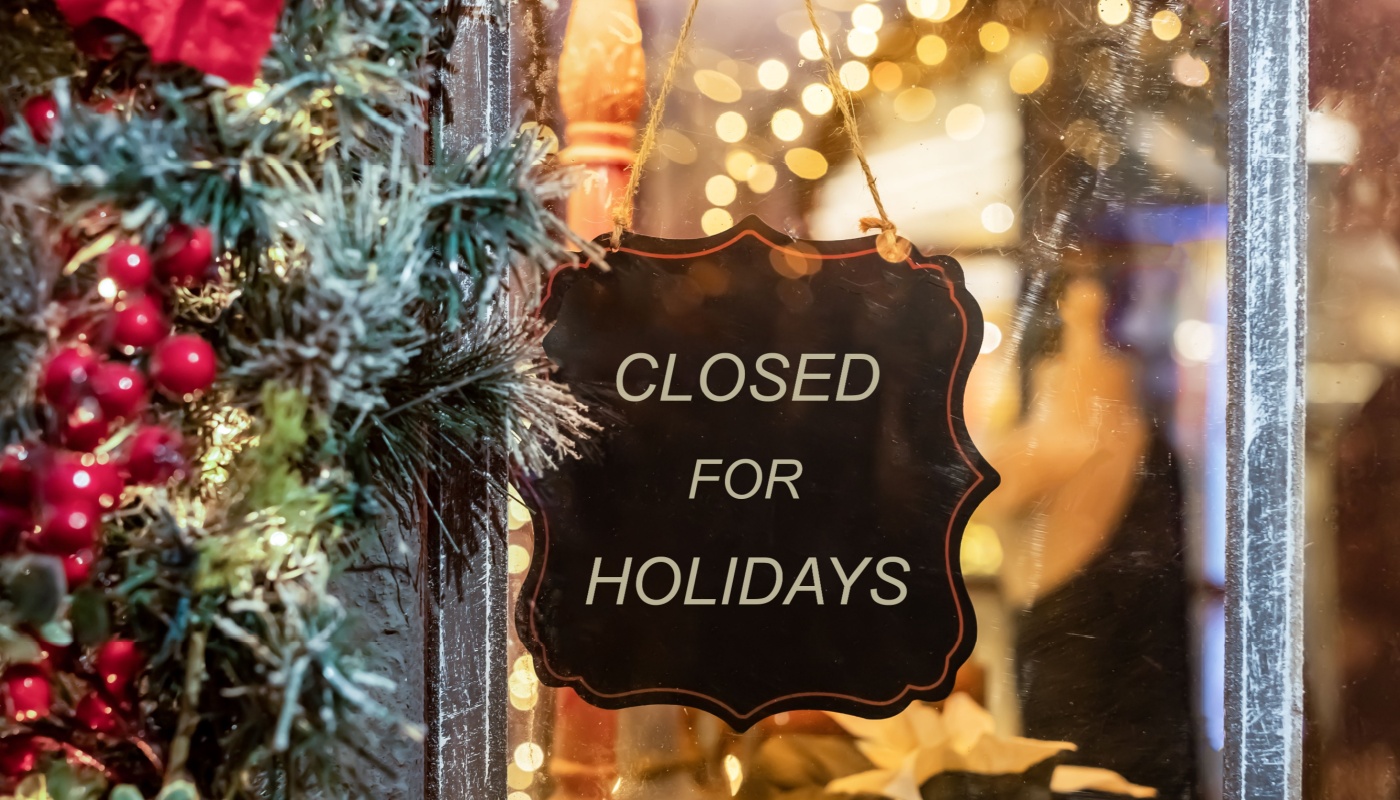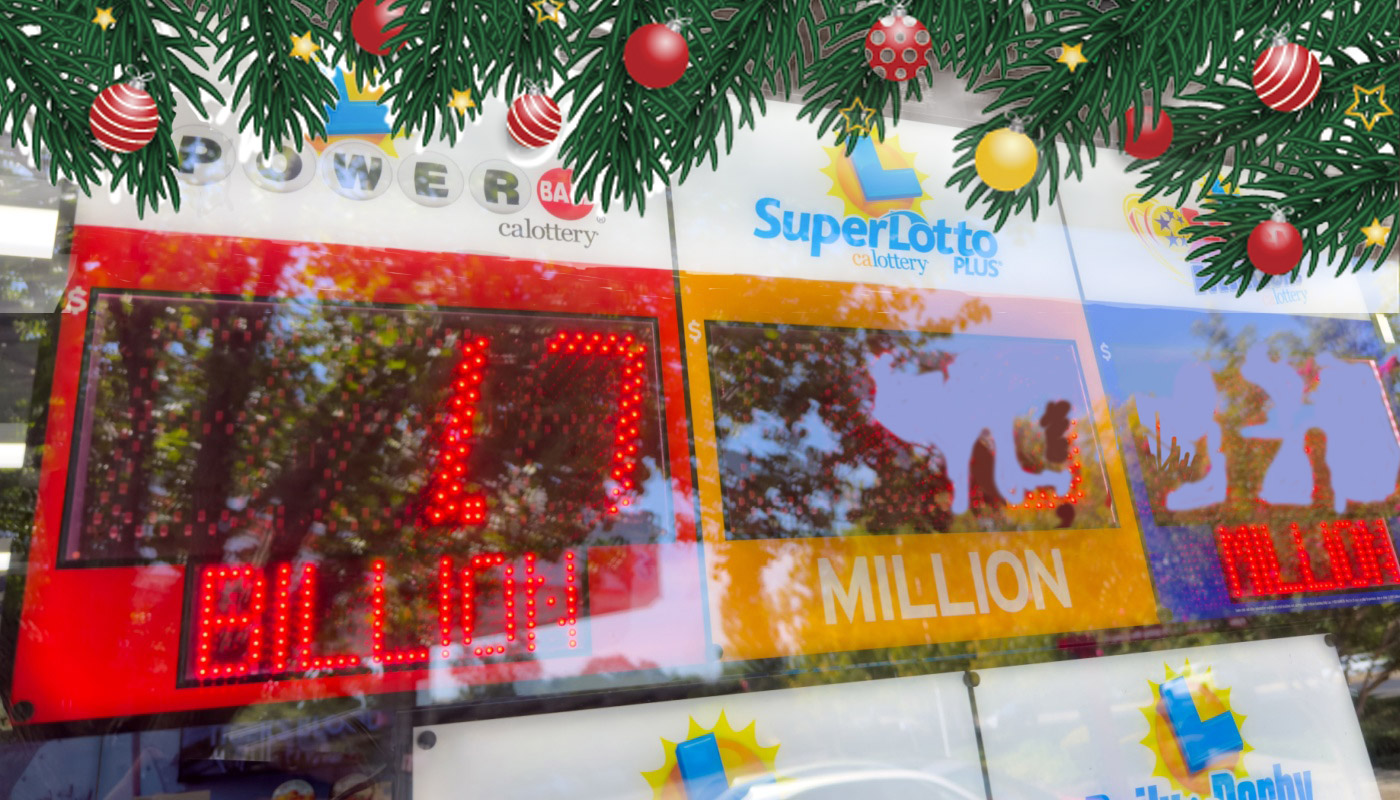
News writer; Opinion columnist
In the 1920s, Harlem was the center of black cultural life in America. Musicians, writers, philosophers, and entertainers gathered there and created a unique and thriving artistic and political movement that helped define a new black identity. However, in the same streets where Langston Hughes and Louis Armstrong perfected their craft, a new business was quickly growing: an illegal lottery known as the numbers game.
While the numbers game was played all over the country, its birthplace was Harlem, where it served as a business, a means of escape, and the only way for millions of residents to play the lottery.
Read on to learn the history of New York’s illegal lottery and how it changed America.
The numbers
Illegal lotteries have flourished in New York since the 1800s. Still, with one simple innovation, the numbers game became the most popular form of gambling in the entire state, drawing in even more money than legal forms of betting, such as horse racing.
In its simplest form, the numbers racket is a draw game in which players bet on a winning number between 000 and 999. In the game's early days, this could be done with simple number selection devices, like the spinning ball used to pick bingo numbers.
However, in an era without televised broadcasts of drawings, it was too easy for the game's operators to cheat and announce numbers that had the fewest wagers on them, allowing them to increase their profits. Because the game was considered untrustworthy, the player pool was limited.
The critical addition came in the 1920s when a numbers operator named Casper Holstein realized he could use the last three digits of the weekly balance published by the Cincinnati Clearing House to determine the winning numbers.
These specific numbers were published daily and could not be manipulated so players could trust that they were truly random. Number operators used the last three digits of the balance as the winning numbers. So, if the daily balance was $87,538.92, that day's winning numbers were 892.
Over the years, this system evolved and used numbers from the total daily value of the New York Stock Exchange and the total amount bet daily at various racetracks.
Once a fair way to operate the game was discovered, its popularity exploded, and it became a vast lottery not just in New York but across the country. By 1971, researchers estimated that operators in New York sold one billion dollars worth of tickets in a year.
The operation
In the 1930s, the game could be played for as little as five cents; however, by the 1950s and 60s, dollar plays were the most common. While the odds of winning were 1:1000, winning tickets would pay out at 600:1, guaranteeing operators a tidy profit.
In New York, the game was so popular that betting totals from different racetracks were used to select winning numbers, allowing operators to run multiple games in a day.
The most visible part of the operation is the number runners. These men and women travel all over a given block or neighborhood to collect money and numbers from their players. Each runner has a designated territory. Some set up shop in popular bars, stores, and restaurants and let customers come to them.
Above the number runner is the controller. This person functions as a manager for all of the runners, assigning territories, collecting money, and managing disputes.
Finally, above everyone is the bank. While that may evoke images of marble-floored lobbies and large vaults, banks typically operate out of basements, apartments, and the backs of stores. The banks controlled large territories, accounted for all money bet and numbers chosen, made sure winners were paid out, and handled the bribes essential to running the operation.
The runners generally kept 20-25% of their total sales for a day as commission. The controller took off another 10% for himself and then passed the remaining 65% to the bank. The bank used this money to pay winners and pay for lawyers, bail bondsmen, and other legal expenses. Banks typically made a profit of 10% of the total money collected.
In the 1970s, a good runner could make $1,000 in sales in a day, approximately $200 of which would be his profit, after paying out winners, controllers, and the bank. By 1980, the New York numbers racket was generating an estimated $800 million to $1.5 billion a year.
The competition
While numbers were played all over the city, it was most popular with black residents in boroughs such as Harlem and the Bronx. As the game grew, it was primarily controlled by black organized crime groups. However, it wasn't long before the riches the game created attracted outside attention.
In the 1920s, Stephanie St. Clair, a black woman, was one of the biggest number operators working in Harlem. While her business made her a fortune, she quickly found herself in competition with several white bootleggers, principally Dutch Schultz, a notorious gangster known as the Bronx Beer Baron.
St. Clair and Schultz's men battled for control of the streets until Schultz was gunned down by hitmen from a rival gang while eating dinner in New Jersey. Despite the death of Schultz, other mafia members moved in on the black operators and eventually seized control of their operations.
The major advantage the Italian gangsters had over their Black counterparts was their connections to the NYPD and other law enforcement groups. During prohibition, bootleggers paid out a fortune in bribes to police officers who were willing to look the other way while they smuggled alcohol into the country and sold it at illegal underground bars known as speakeasies.
When prohibition ended, they leveraged those police connections to arrange raids on the banks run by black operators while protecting their own. By the 1940s, while most of the number game workers were still black, the leaders were mainly from Italian mob families.
Following Schultz's death in 1935, 'Trigger' Mike Coppola, a leader in the Genovese crime family, took control of the numbers rackets and ran them until he was imprisoned for tax evasion in 1962.
In the 1970s and 80s, the mob's hold on the game grew weaker, and a new faction of Cuban gangsters, known as The Corporation, sought to control the game in the city's large Spanish-speaking communities. The Genovese crime family, then led by Anthony Salerno, remained the dominant player in the numbers racket. Initially, the two crime groups were able to work together, but eventually, tension grew between the two factions over territory. In the mid-1980s, an all-out war broke out, and the Corporation burned down bodegas and restaurants that served as number stores for the Genovese family.
The NYPD finally decided to crack down on the two warring factions when a child was killed in one of the fires. Many of the gang's leaders and soldiers fled or were arrested, and their stores were raided and shut down.
The numbers and Harlem
Harlem in New York City was one of the country's major centers of African American culture. However, residents frequently found themselves shut out of the country's traditional financial structure.
It was tough for black citizens to get credit or be approved for the bank loans they needed to buy houses or start businesses.
But the numbers racket, while illegal, was a significant economic engine that served as a legitimate means of social mobility and credit for thousands of black New Yorkers. In 1959, the NYPD estimated that 100,000 people worked in the New York numbers rackets.
Succeeding in the numbers game was seen as one of the best opportunities for black people to gain wealth and status. As one Harlem resident told a newspaper reporter in 1971, the numbers man “is the guy who has made it from the rail road flat into the world of wall-to-wall and air-conditioning, flashy clothes and good food — and, like everybody else, once he's made it, he wants to keep it and become respectable.”
When black people couldn't get loans from banks, they would approach Numbers Operators who were cash-rich from the game. Many legitimate local businesses, including restaurants, bars, and grocery stores, started with the financing they received from the numbers runners.
Winning the game could also deliver life-changing benefits to a player, and many claimed they could buy their first home or send their children to college with their winnings.
A veteran numbers player who has seen it happen many times said:
A hit can change a guy's whole life around. The guy who wins sometimes sets himself up in business in a grocery store or a bar. I know cases where fellows made so much from a good hit that they set themselves up as numbers runners. Others pay off their bills and their mortgages. And some have sent their kids to college with the money they made on the numbers.
The numbers were viewed as a largely positive force in Harlem because the players and the operators were based in the same area, meaning that most of the money spent on the game would be used within the community.
The end
Numbers games were so popular in New York that they didn't even end when New York legalized the first lottery in 1967. Even in the 1980s, it was estimated that there were still hundreds of places where players could buy tickets for the numbers game.
The numbers game endured for multiple reasons. For one, the first New York Lottery drawings occurred just once a week, which was too slow a pace for players who were used to having multiple games a day.
Additionally, while the legal lottery was an impersonal business run by a corporation, numbers runners were considered a part of the community. Some runners worked in the same territories for years and developed a loyal and devoted following. Numbers operations were also known for giving back to the community, handing out turkeys on Thanksgiving and presents for children on Christmas.
Finally, the legal lottery required payers to pay taxes on their winnings, which was unheard of for winning numbers players.
However, as more drawings and games were added to the legal lottery and innovations such as scratch cards were introduced, more gambling money was directed towards legal games. The New York Lottery even introduced a pick 3 game that mimicked the structure of a numbers game. The numbers rackets became a shell of their former selves and no longer delivered millions of dollars to their top operators.
The numbers game persists today in New York, but it is no longer the massive financial and cultural force that it once was.

















Comments